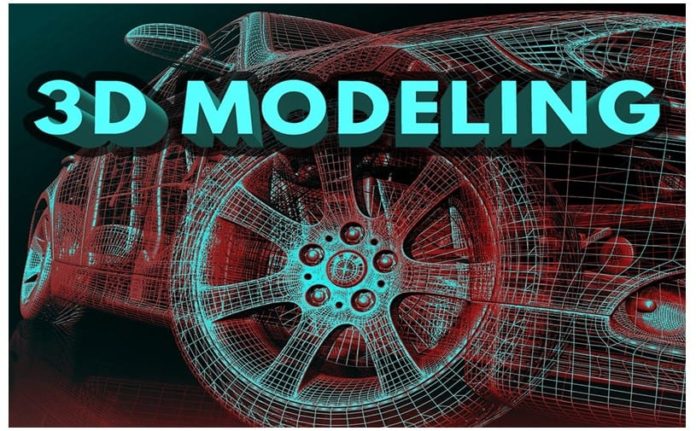The term 3D design itself implies visualization in three dimensions. This process of digital transformation in modern design is based on the display of the parameters of the object, taking into account the depth.
In practice, the working 3D model looks much more realistic. The advantages of the technology are undeniable: the visual allows you to demonstrate the project in the best light and understand the nature of the product even to a non-professional. With the help of state-of-the-art software, the performer can create layouts with amazing detail.
The layout in three dimensions more realistically reflects the nature of things and allows you to visually evaluate the features of each detail in the layout.
The 3D rendering and depth simulation of objects provides real benefits. Automotive and medical device manufacturers are looking to expand their manufacturing capabilities. 3d product modelling company makes sure that the 3D prototype allows you to determine the real advantages and disadvantages of the model before mass production.
Paired with 3D printing, the technology will expand both testing capabilities and the production process itself. Every modern manufacturer needs flexibility and practicality at the stage of product development and implementation.
All the circumstances presented allow us to draw a simple conclusion about the inevitability of the 3D format in architecture, design, modelling, and even real production.
Table of Contents
3D Modelling:
3D modelling is the process of creating three-dimensional representations of objects or scenes using specialized software. It is commonly used in industries such as video games, architecture, and product design to visualize concepts and designs.
3D modelling allows for greater accuracy and detail compared to 2D representations and can be used for animation and simulation purposes as well.
How difficult is it to master 3D modelling and what should you pay attention to first of all?
Lack of art education is not a hindrance?
In practice, yes. In most cases, designers do not have the education of an artist at all. Moreover, many creative designers who create symbolism for transnational brands rarely draw with their hands at all. 3D modelling is no exception.
The main factor in the success of a developer is the ability to embody what was conceived. That is if a person is creative and can correctly “see” the projections of figures and details, the lack of art education is not a hindrance at all.
It should be noted that in 3D design, artistic taste and “creative vein” are the same essential components of success as in print design or interior design. Despite a more “technical” visualization approach and an emphasis on future manufacturing, 3D modelling remains a “productive” design.
Today, this view is supplemented by many other circumstances. Paired with 3D printing technology has allowed us to reconsider the traditional idea of modelling in general.
With the help of a working 3D model, the manufacturer can understand the advantages and disadvantages of the project even before launching into mass production.
This is an amazing advantage that can eliminate many technical errors and defects. As a result, the manufacturer can simply eliminate the percentage of defects and produce products according to an impeccable prototype.
These advantages put 3D modelling technology in a slightly different light. Today, a 3D model is a visualization, a prototype, and a real production model.
Software fundamentals
There are many products in the 3D modelling software market. And every year their number is only growing. All of them are aimed at achieving better performance in today’s competitive environment. Most programs are free and do not require a license.
The only obstacle to mastering the basics of 3D modelling is the availability of a productive computer. Perhaps for developing countries, where every home already has several laptops and PCs, these conditions are purely conditional.
For users in the post-Soviet space, where consumers have more modest incomes, PCs with good video cards and processors are sometimes difficult.
It is worth noting that not a single 3D prototyping program will work on hardware until 2012 production. Today you need to have a “workhorse” with a good video card, processor, and at least 8 GB of RAM to work with programs at initial speed.
In terms of learning how to work with programs, the modern user has fewer obstacles than before. In the era of YouTube and a large number of open sources of information, it is not difficult to find an answer to almost any question.
There are always specialized forums, support services, and practical guides to help the student.
Order 3D architectural modelling services by 3nitro to get quality results at an affordable price.














